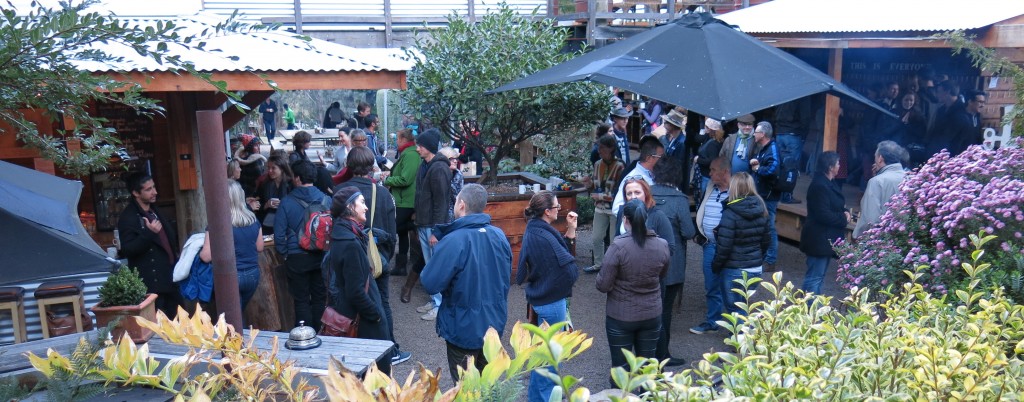The human brain is an incredibly complex organ responsible for controlling and coordinating various bodily functions and cognitive processes. It works through a network of interconnected neurons, or nerve cells, that communicate with each other through electrical and chemical signals. Here’s a simplified overview of how the brain works:
Neurons and Neurotransmitters: The brain is composed of billions of neurons that form neural networks. Neurons communicate with each other through chemical messengers called neurotransmitters. When a neuron receives an electrical signal, it releases neurotransmitters into the synapse, a small gap between neurons. The neurotransmitters then bind to receptors on the neighboring neuron, transmitting the signal from one neuron to another.
Central Nervous System: The brain is part of the central nervous system, which also includes the spinal cord. The central nervous system is responsible for processing sensory information, regulating body functions, and coordinating movements and actions.
Cerebrum and Lobes: The largest part of the brain is the cerebrum, which is divided into two hemispheres, each responsible for controlling the opposite side of the body. The cerebrum is further divided into four lobes: frontal, parietal, temporal, and occipital. Each lobe plays a role in different functions such as motor control, sensory processing, language, and vision. A topic on best brain supplements and how they help you with your focus.
Brainstem and Cerebellum: The brainstem connects the cerebrum to the spinal cord and controls basic bodily functions, such as breathing, heart rate, and digestion. The cerebellum, located at the back of the brain, is involved in coordinating movement, balance, and posture.
Thalamus and Hypothalamus: The thalamus serves as a relay station, relaying sensory information between different brain regions. The hypothalamus is involved in regulating body temperature, hunger, thirst, sleep, and the release of hormones by the pituitary gland.
Limbic System: The limbic system is a group of interconnected brain structures involved in emotions, memory, and motivation. It includes the amygdala, hippocampus, and hypothalamus.
Cerebral Cortex: The outer layer of the cerebrum is called the cerebral cortex. It is responsible for higher cognitive functions, including thinking, reasoning, problem-solving, and language processing.
Plasticity and Learning: The brain has a remarkable ability to change and adapt over time, known as neuroplasticity. Learning, memory, and skill acquisition involve the strengthening and creation of neural connections, allowing the brain to constantly adapt to new experiences and information.
The brain works through an intricate network of interactions between neurons and brain regions, allowing us to think, feel, move, and perceive the world around us. While this overview provides a simplified understanding, the actual workings of the brain are far more intricate and continue to be an area of intense research and discovery in neuroscience.
No-One can sum up what it is, about The Do Lectures
No-One can but maybe Many-Ones can!
So I thought I let the many say as a community, what the individual struggled to get across. What is the Do Lectures all about? How would or could you explain something that only those who have been there can feel from experience.

We all meet and fell for each other in one week-end


